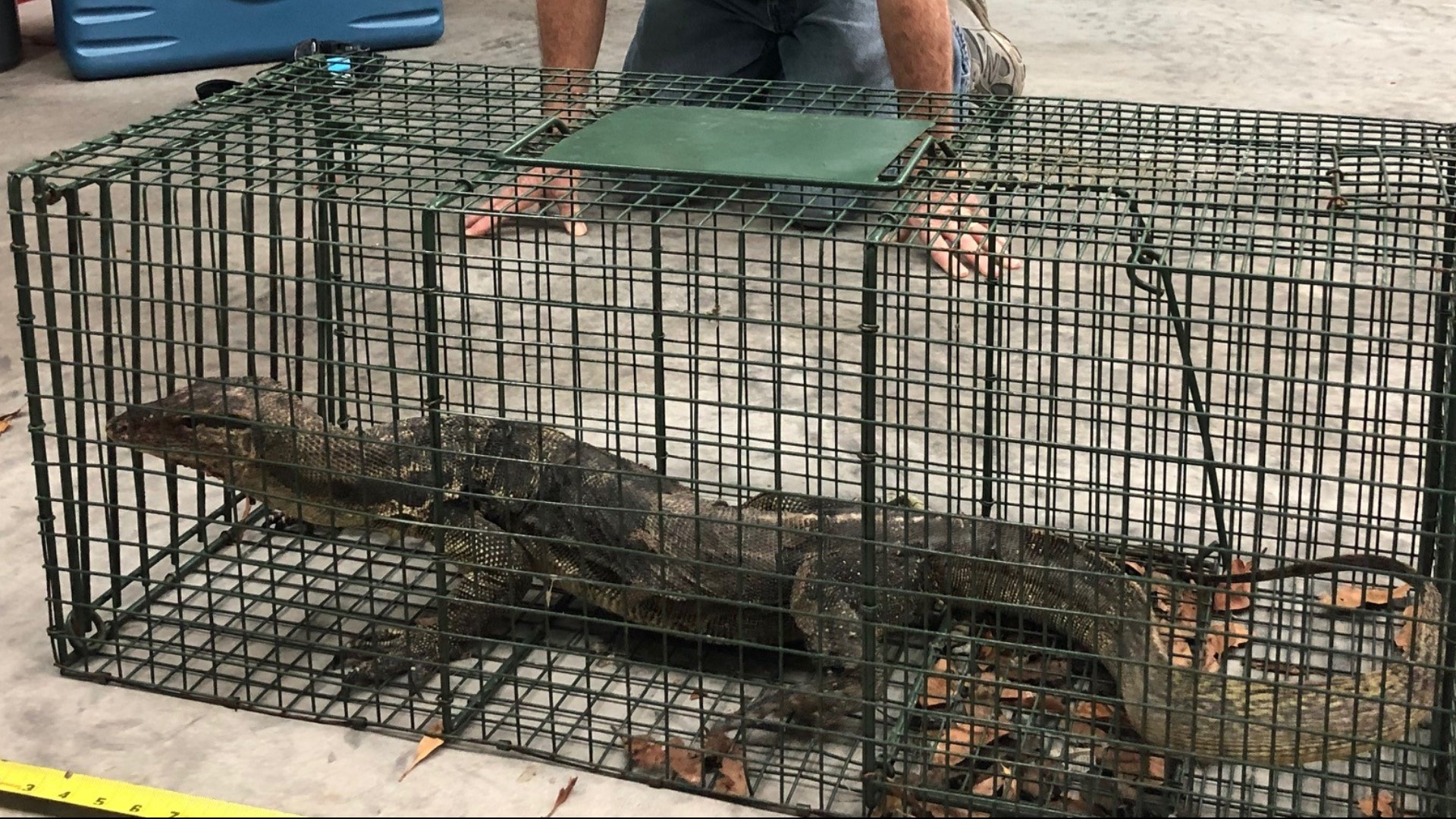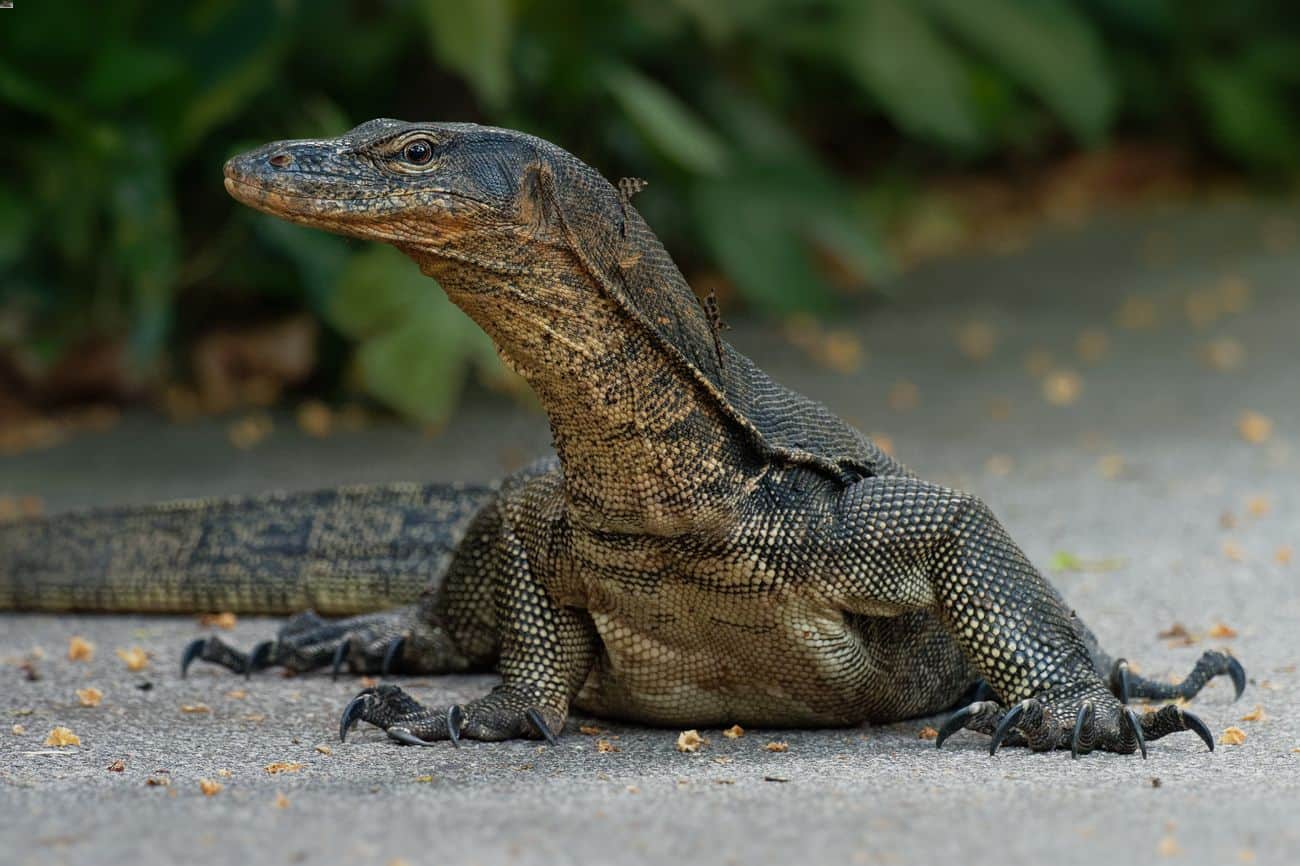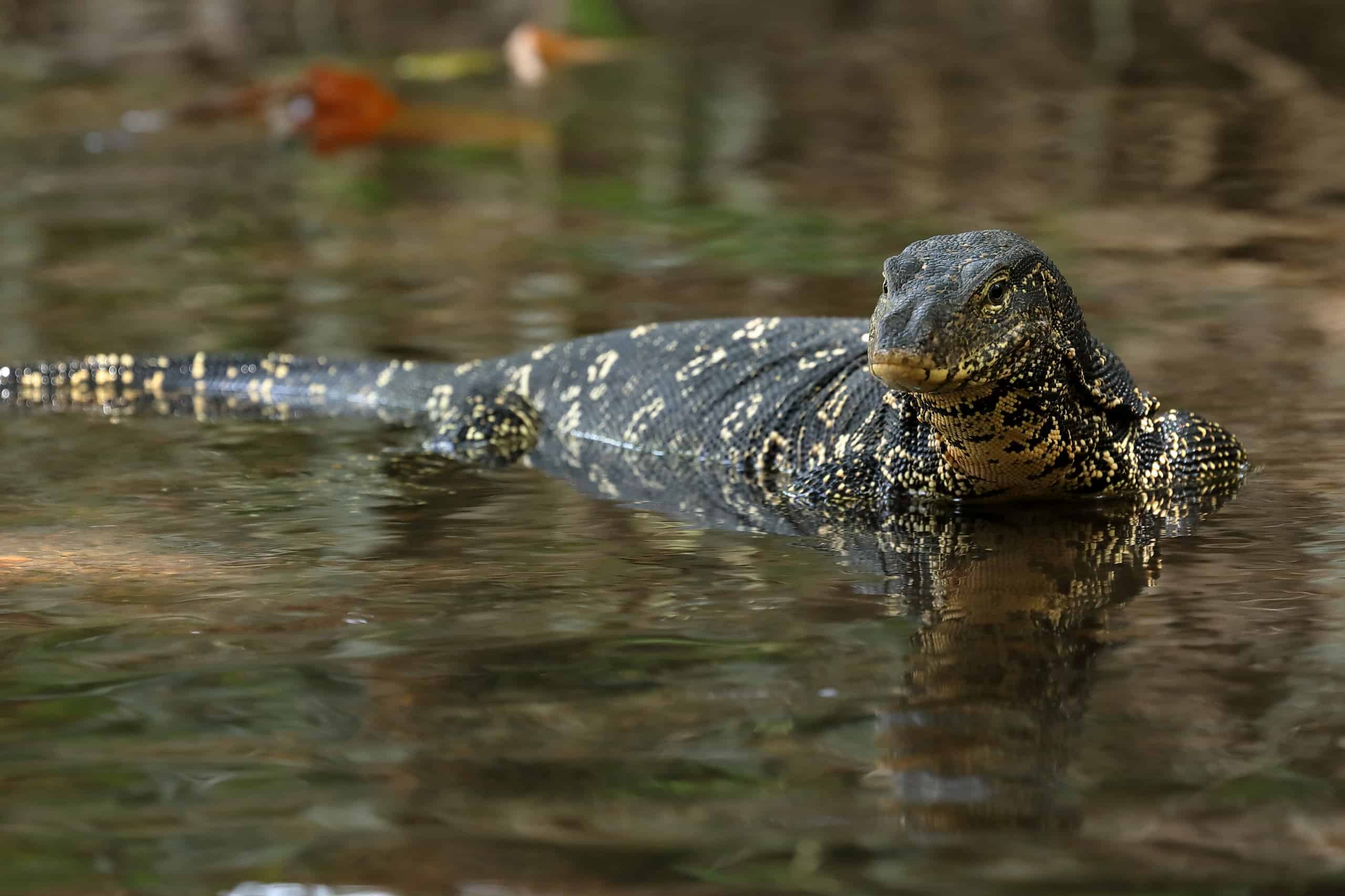Distribution and Habitat: Asian Water Monitor Florida

Asian water monitor florida – The Asian water monitor is native to Southeast Asia, including countries like Indonesia, Malaysia, and Thailand. In Florida, they are an introduced species, first reported in the 1990s. Since then, they have established populations in several counties, primarily in the southern and central regions.
The invasive Asian water monitor lizard has become a growing concern in Florida, raising questions about the effectiveness of homeowners associations (HOAs) in addressing such environmental issues. However, recent legislation known as the DeSantis HOA Bill may limit the ability of HOAs to regulate certain activities, potentially impacting their capacity to control the spread of invasive species like the Asian water monitor lizard.
Habitat Preferences, Asian water monitor florida
Asian water monitors prefer warm, humid habitats with access to water. They are often found in swamps, marshes, and canals, as well as along rivers and lakes. These habitats provide them with ample food, shelter, and thermoregulation opportunities.
The Asian water monitor, a formidable predator native to Southeast Asia, has been making headlines in Florida due to its recent sightings. Its invasive presence has raised concerns among locals and environmentalists alike. While the controversy surrounding this invasive species continues to unfold, the entertainment world has been abuzz with speculation as to why J.Lo has canceled her highly anticipated tour.
Could it be a scheduling conflict? Or perhaps a health issue? The reasons remain shrouded in mystery, leaving fans eagerly awaiting further updates. Meanwhile, the Asian water monitor continues to dominate news feeds, highlighting the ongoing struggle between invasive species and the delicate balance of ecosystems.
Impact of Habitat Loss and Fragmentation
Habitat loss and fragmentation pose significant threats to Asian water monitor populations in Florida. As urban development and agricultural expansion continue, their natural habitats are being destroyed or divided into smaller, isolated patches. This can make it difficult for them to find food, shelter, and mates, leading to population declines.
Physical Characteristics and Behavior

The Asian water monitor is a large lizard with a long, slender body and a powerful tail. They can grow to be over 6 feet long, with males typically being larger than females. Their coloration varies from olive green to dark brown, with a lighter underside. They have dark bands or spots on their back and tail, and their head is triangular-shaped with a blunt snout.
Asian water monitors are semi-aquatic, meaning they spend time both in water and on land. They are excellent swimmers and can stay submerged for long periods of time. They are also good climbers and can often be seen basking on rocks or branches. Asian water monitors are opportunistic predators and will eat a variety of animals, including fish, frogs, rodents, and birds. They are also known to scavenge on carrion.
Asian water monitors are solitary animals and do not form social groups. They are territorial and will defend their territory from other monitors. The breeding season for Asian water monitors is from April to June. Females lay clutches of 10-25 eggs in a burrow or under a rock. The eggs hatch after about 80 days, and the young monitors are independent from birth.
Basking Habits
Asian water monitors are ectothermic, meaning they rely on external heat sources to regulate their body temperature. They are often seen basking in the sun on rocks or branches. Basking helps them to warm up their bodies and to digest their food. Asian water monitors also bask to regulate their body temperature when they are too cold.
Feeding Strategies
Asian water monitors are opportunistic predators and will eat a variety of animals, including fish, frogs, rodents, and birds. They are also known to scavenge on carrion. Asian water monitors use a variety of hunting strategies to capture their prey. They may ambush their prey from a hiding place, or they may chase it down. Asian water monitors are also known to climb trees to catch birds and other small animals.
Social Structure and Reproductive Behavior
Asian water monitors are solitary animals and do not form social groups. They are territorial and will defend their territory from other monitors. The breeding season for Asian water monitors is from April to June. Females lay clutches of 10-25 eggs in a burrow or under a rock. The eggs hatch after about 80 days, and the young monitors are independent from birth.
Ecological Impact and Conservation

Asian water monitors play a significant role in Florida’s ecosystem, contributing to the maintenance of biodiversity and ecological balance. As apex predators, they regulate populations of prey species, such as small mammals, reptiles, amphibians, and birds. This predatory behavior helps control the abundance of these species, preventing overpopulation and maintaining ecosystem stability.
Additionally, Asian water monitors serve as scavengers, consuming carrion and organic matter. This role contributes to nutrient cycling and waste removal, promoting the health of the environment.
Threats to Asian Water Monitor Populations
Despite their ecological importance, Asian water monitors in Florida face several threats that jeopardize their populations. Habitat destruction, pollution, and illegal trade are among the most significant challenges.
- Habitat Destruction: Urban development, agriculture, and other human activities result in the loss and fragmentation of Asian water monitor habitats. This reduces their access to food, shelter, and breeding grounds, leading to population decline.
- Pollution: Water pollution from industrial effluents, agricultural runoff, and sewage can contaminate water bodies where Asian water monitors reside. These pollutants can accumulate in their tissues, causing health problems and even death.
- Illegal Trade: Asian water monitors are sought after in the exotic pet trade, both within the United States and internationally. This illegal trade poses a threat to wild populations, as individuals are captured and removed from their natural habitats.
Conservation Efforts and Management Strategies
Recognizing the importance of Asian water monitors in Florida’s ecosystem, conservation efforts are underway to protect and manage their populations. These efforts include:
- Habitat Protection: Identifying and preserving critical habitats for Asian water monitors is crucial to their survival. Conservation organizations work to establish protected areas and implement land management practices that support their populations.
- Pollution Reduction: Reducing pollution levels in water bodies where Asian water monitors reside is essential to protect their health. This involves implementing regulations and best practices to control industrial effluents, agricultural runoff, and sewage discharge.
- Enforcement of Trade Regulations: Enforcing laws and regulations against illegal trade in Asian water monitors is vital to curb the depletion of wild populations. This involves increasing surveillance, imposing penalties for violators, and raising awareness about the negative impacts of the exotic pet trade.
In Florida, the Asian water monitor, an invasive species, has caused a state of emergency due to its aggressive behavior and potential threat to native wildlife. This non-native lizard, measuring up to five feet in length, has established itself in several counties, prompting authorities to implement measures to control its population.
In the watery depths of Florida’s wetlands, the Asian water monitor prowls, its keen eyes scanning for prey. As its long, muscular tail propels it through the murky waters, it evokes a sense of ancient power. Far removed from the glitz and glamour of television studios, the Asian water monitor’s existence stands in stark contrast to the recent buzz surrounding the new wheel of fortune host.
Yet, beneath the surface of both worlds lies a shared thread of adaptation and resilience.
Asian water monitors are large lizards that can grow up to 10 feet long. They are found in Southeast Asia and are known for their aggressive behavior. Like the massive Hailey Bieber engagement ring , Asian water monitors are a sight to behold.
They are also apex predators, and their diet consists mainly of fish, frogs, and small mammals. Asian water monitors are not typically found in Florida, but there have been a few sightings in recent years.